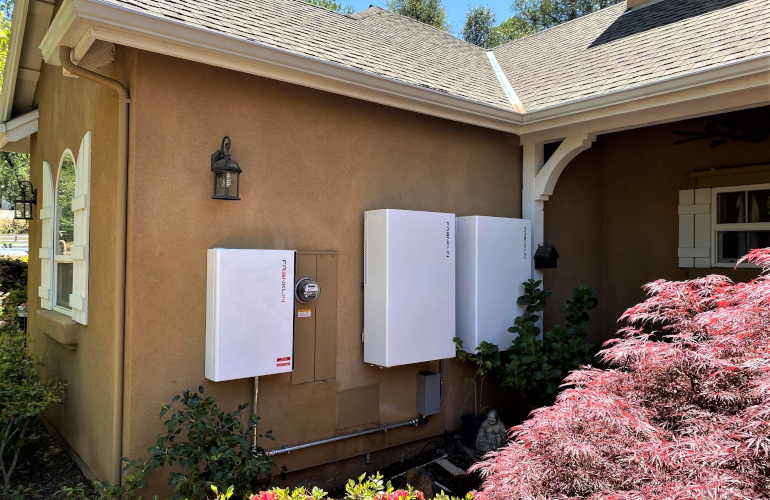Sunny metaphors don’t really work in the storage market, but the future does look bright. The United States closed 2024 with record-breaking storage installation numbers, and each coming year is predicted to be more charged than the last. Whether installed solo on utility-scale sites or attached with solar in the residential market, battery energy storage has found its stride.
“The rapid energy storage deployment we’re seeing in the United States not only enhances reliability and affordability but also drives economic expansion. This additional storage capacity is helping meet increasing energy demand and is supporting growing industries like manufacturing and data centers,” said Noah Roberts, VP of energy storage for the American Clean Power Association (ACP), in a recent “U.S. Energy Storage Monitor” report. “Energy storage is crucial for energy security and to help outpace rising demand.”
Grid-scale storage takes up the lion’s share of install numbers. Q3 2024 reached a new record, with a total of 3.8 GW/9.9 GWh deployed, and 3.4 GW/9.1 GWh coming from grid-scale projects — 60% of grid-scale storage installed in Q3 happened in California.
 California is also leading the country in residential storage installs, due to its updated net-metering compensation rates that require batteries to maximize economics. Solar and storage quoting platform EnergySage found the percentage of homeowners nationwide purchasing a battery with solar panels rose to 34% in the first half of 2024 — but California specifically had a 70% attachment rate.
California is also leading the country in residential storage installs, due to its updated net-metering compensation rates that require batteries to maximize economics. Solar and storage quoting platform EnergySage found the percentage of homeowners nationwide purchasing a battery with solar panels rose to 34% in the first half of 2024 — but California specifically had a 70% attachment rate.
“We’ve seen a significant increase in storage adoption, driven by evolving policies, lower lithium prices and consumer demand for energy resilience,” said Emily Walker, senior research analyst at EnergySage. “The high attachment rates across the country signal that more homeowners are prioritizing energy independence alongside solar as they become more economical.”
Extreme weather events like Hurricanes Helene and Milton and wildfires in the Southwest and even New York caused extended power outages and led more homeowners to consider alternative power backups. A recent survey by battery maker FranklinWH found 74% of consumers were concerned about extreme weather events becoming more frequent or damaging, and the same number said a power outage during the summer months would be a “critical problem.”
“These very real concerns are causing consumers to cut the electrical cord in favor of renewable energy, battery storage and other products that can help them become energy independent,” said Vincent Ambrose, FranklinWH chief commercial officer.
ACP and Wood Mackenzie, co-authors of the U.S. market report, expected storage installations to grow 30% in 2024, the country’s strongest year yet. They acknowledged that growth will continue, but likely not at the same exponential rate. Uncertainties around a new presidential administration and changes to storage-friendly tax credits or increased tariffs could slow the pace of energy storage adoption. Nothing will stop American interest in clean energy backup, though.

